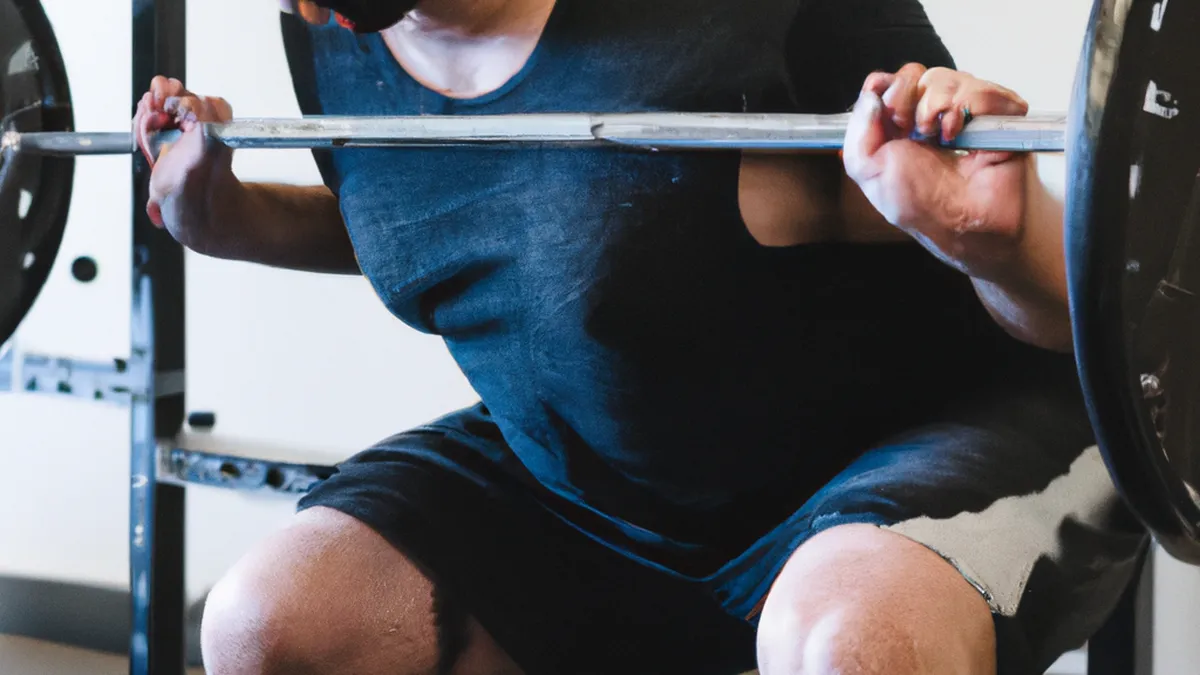Plyometrics: The Secret to Agility
Building Explosive Power with PlyometricsPlyometrics is a powerful training method. Athletes and fitness enthusiasts widely use it. This method enhances athletic performance, improves speed, and builds explosive power. Various sports athletes utilize plyometric exercises to boost strength and agility. This versatility makes it an excellent addition to any training regimen. This post explores how to incorporate plyometrics effectively, its benefits, and safety considerations.
Understanding Plyometrics
Plyometrics involves quick, explosive movements. These movements engage your muscles in rapid stretches followed by contractions. The stretch-shortening cycle helps increase muscle power. Examples of plyometric movements include jump squats, box jumps, and burpees. These exercises require minimal equipment and are accessible almost anywhere.Plyometric training primarily activates fast-twitch muscle fibers. These fibers are crucial for explosive movements like sprinting and jumping. Training these fibers significantly enhances performance in sports requiring speed and power. Serious athletes can transform their capabilities by incorporating plyometrics.
Tips for Incorporating Plyometrics
As an Amazon Associate I earn from qualifying purchases.
Gear tip: consider yoga blocks, mobility sliders, and foam yoga wedge to support this topic.
1. Start Slowly
Newcomers to plyometrics should ease into it. Begin with basic exercises like jumping jacks or squat jumps. Gradually increase intensity and complexity as your strength and coordination improve. This progressive approach helps your muscles, ligaments, and tendons adjust to plyometric demands.
2. Focus on Form
Proper technique is critical for plyometric exercises. Poor form can lead to injuries and negate your hard work. Always land softly on the balls of your feet. Use your arms to assist in jumping and balancing. This technique helps maintain stability and control. If unsure, work with a coach or trainer for guidance.
3. Integrate into Your Routine
You can easily incorporate plyometric exercises into your workout routine. Add them to your warm-up or include them in high-intensity interval training (HIIT) sessions. For instance, perform a series of plyometric exercises, rest briefly, then proceed to strength training or cardio. This approach maximizes effectiveness without overloading your body.
4. Rest and Recover
Plyometrics demand a lot from your muscles. Allow adequate recovery time between sessions. Overtraining can lead to fatigue and injuries. Aim for at least 48 hours of rest between plyometric workouts to facilitate muscle recovery.
Conclusion
Incorporating plyometrics can enhance athletic performance. Focus on gradual progression, proper form, and adequate recovery. Start today to unlock your explosive power!
Below are related products based on this post:
FAQ
What are plyometrics?
Plyometrics are exercises that involve quick, explosive movements that engage muscles in rapid stretches followed by contractions. This training method enhances athletic performance by increasing muscle power and is widely used by athletes to improve speed and agility.
How should beginners start with plyometrics?
Beginners should ease into plyometrics by starting with basic exercises like jumping jacks or squat jumps. Gradually increasing the intensity and complexity of the exercises helps muscles, ligaments, and tendons adjust to the demands of plyometric training.
What is the importance of proper form in plyometric exercises?
Proper technique is critical in plyometric exercises to prevent injuries and ensure effectiveness. Landing softly on the balls of your feet and using your arms for balance are essential for maintaining stability and control during the movements.















Post Comment